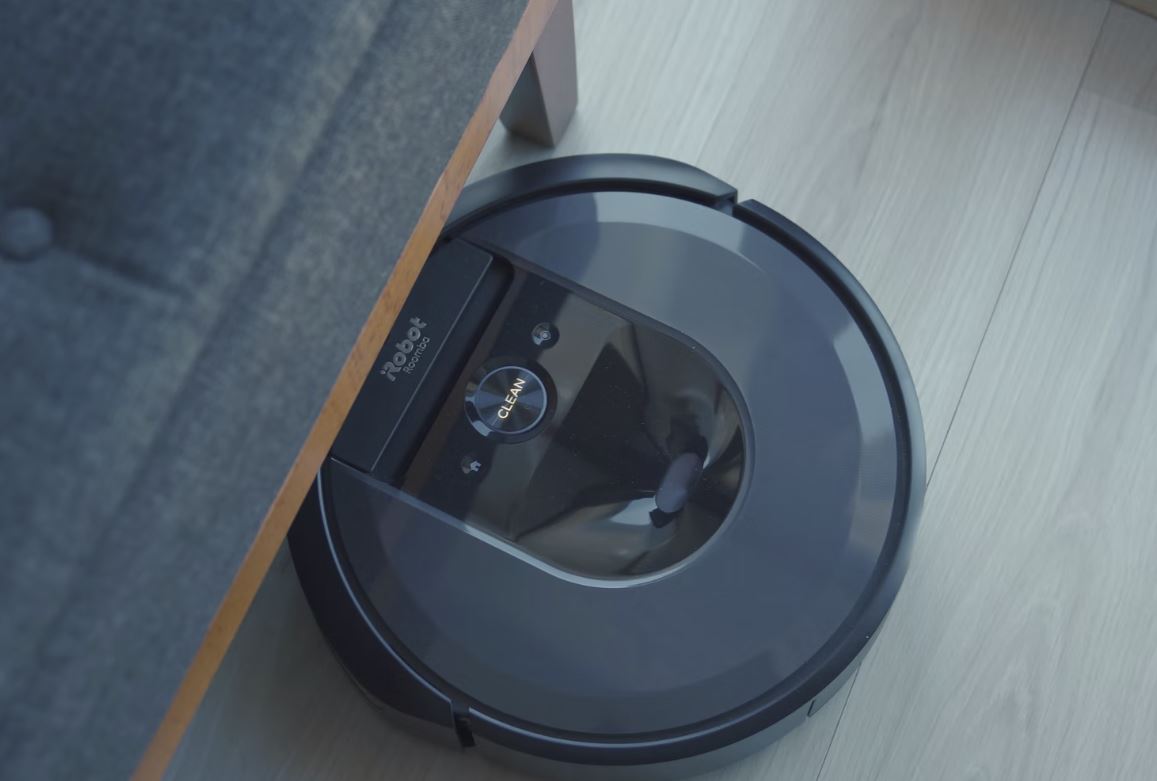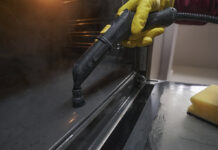Every household has a canister vacuum; it has proved as a perfect solution for dry cleaning of floors, sofas, curtains to collect dust, sand, hair, and all other types of dirt. Then, several years ago, a miniature automatic version appeared – a robot vacuum that is claimed to have the same characteristics as a canister vacuum but has a significant advantage as working without human guidance.
For example, the robot vacuum from the Manufacturer promises should take all floor cleaning work while you are taking coffee. In addition, some models, such as canister vacuums, have a mopping function. But are they worth the money and can fully replace a vacuum cleaner?
What is a robot vacuum?
A robot vacuum is a disc-shaped device with one of several rotating brushes at the bottom. Inside it has a plastic container where all dust and garbage are collected and a filter. The models with mopping functions also have a plastic container for water. A robot vacuum has an electric motor powered by Lithium, Nickel, or other types of batteries. A battery is charged from a docking station connected to the home electrical socket; a robot goes automatically there when the battery is empty. Depending on the type of battery, a robot vacuum can work in a range of 1-3 hours, and the entire charging cycle afterward lasts for 3-4 hours. Typically, a battery is designed for 400 charges and more.
A robot vacuum has lasers in the front for navigation inside the home and going around obstacles. It has the logic to clean each inch in a room. Some modern models even have cameras for improved mapping. They are designed to avoid stairs and steps. For upgraded models, you can set virtual boundaries and define areas for more intense cleaning; they can automatically change the mode of cleaning, defining the type of floor (tiles, wood, or carpet). The control is executed by a remote control, a particular application on your smartphone.
For comparison, a canister vacuum consists mainly of the same parts but a more significant size: dust container, filter, electric motor, brushes (rotating or not) with a hose, or just a telescopic handle. Some models should be constantly connected to the electricity via cable; some have batteries. Because of that, there are some portable models for quick cleaning or heavy ones with wheels. A more detailed comparison is presented further.
Comparison between a robot vacuum and a canister vacuum
The working principle for the two vacuums – robot and canister – is the same. Both suck the dirt collected by brushes (rotating or not) that goes to a dust container. Before reaching the container, the dirt passes a filter that prevents its fine particles from going back. Containers for both types of vacuums should be manually cleaned, preferably after each cleaning. As a dust container in robot vacuums is relatively small, for some models in a docking station, there is a large one where all collected dirt can automatically be emptied.
|
|
A canister vacuum |
A robotic vacuum |
|
Working mode |
Manual |
Automatic or manual |
|
Suction power |
2000-4000 pa |
800-3000 pa |
|
Filter type |
Cartridge/ cloth/ cyclone /bag/ foam |
Cartridge (MERV or HEPA) |
|
Noise level |
70-85 dB |
50-70 dB |
|
Possibility to schedule a cleaning procedure |
No |
Yes |
|
Control by voice for some models |
No |
Yes |
|
Possible integration in a smart home |
No |
Yes |
|
Mopping function for some models |
Yes |
Yes |
|
Possibility to reach remote places under a bed or a cupboard |
Limited by the length of a brush hose |
Yes |
|
Possibility to work from battery |
Yes |
Yes |
Can a robot vacuum replace a canister vacuum?

Even though a robot vacuum has the significant advantage of cleaning autonomously, it cannot fully replace a vacuum canister. The main reason is that robot cleaners cannot deeply clean as their suction power is significantly lower. Primarily this is important for homes with carpets for entire rooms and big homes with multiple floors that are impossible to clean for a robot without several recharges. In addition, robot vacuums are much lighter than canister ones, so even if you have the task of moving it to another floor or room, it is not physical work anymore. Also, a robot vacuum cannot clean sofas, curtains, or other items not located on a firm floor.
The recommendation is to use a robot vacuum for regular everyday cleaning, and once a week do a deep cleaning with a vacuum canister and mop floors. Thanks to the ability to set a schedule for automatic cleaning and work much quieter than a vacuum canister, the opportunity to perform cleaning in the most contaminated areas such as entrance halls and kitchens during the night. The availability for robot vacuums of allergic-type filters plus regular removal of most of the dust is an excellent solution for sick people. In this article, you can check the best models for everyday cleaning.
Another option where a robot vacuum is unachievable – is reaching the remote angles under furniture. It isn’t easy to bend with a standard vacuum cleaner and in a very gymnastic position with a brush to achieve all these places. Still, a robot vacuum will go there automatically. Be sure not to store cables or other small obstacles on the floor where a robot can stick.
Many users of robotic cleaners also add that robots are more energy-efficient, as they consume less energy only during charging. In addition, as cleaning can be scheduled in the evening or night hours, the charging can be performed at night when the electricity tariffs are lower.
Conclusion
In conclusion to the detailed comparison, I can summarize that robot vacuums are suitable for regular cleaning, especially when you have a pet or small kids. With additional features such as automatic mode and integration into a smart home system, the control for this robot is minimal and presents you with a lot of free time. For multi-storey homes or big flats, you may install several robots. However, you still recommend using a standard canister vacuum and mopping for deep cleanings once weekly or monthly. If you have a lot of carpets, a robot cleaner will not clean them properly, and this is another reason to keep a canister vacuum.
















